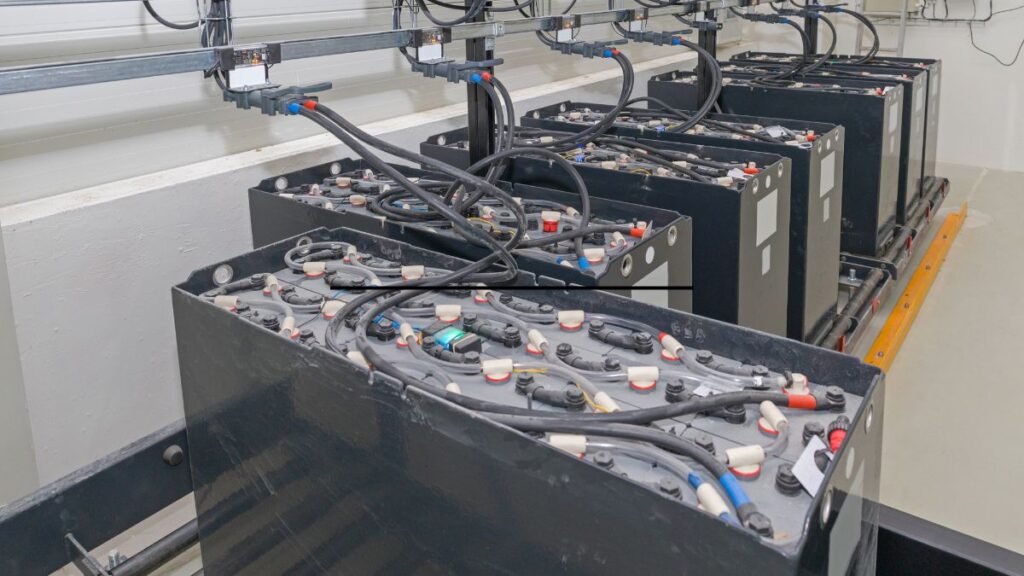Meta Description: A complete guide to long-term winter storage for lead-acid batteries, covering charging, inspection, and reactivation tips for maximum performance.
Keywords: long-term lead-acid battery storage, winter maintenance, energy storage battery care, cold weather protection
Long-Term Winter Storage Guide for Lead-Acid Batteries
For energy systems that remain unused during winter—such as RVs, boats, or off-grid setups—proper long-term battery storage is essential.
Step 1 – Preparation
Before storage, clean the terminals, inspect for damage, and ensure all batteries are fully charged. Label each unit with the date of last charge for easy tracking.
Step 2 – Ideal Storage Conditions
- Temperature: 10–20°C
- Humidity: Low, with adequate ventilation
- Position: Upright on insulated platforms
Never store batteries near flammable materials or heaters.
Step 3 – Maintenance During Storage
Perform a voltage check every 8–10 weeks. Recharge if the voltage drops by more than 0.2V per cell. Keep flooded batteries’ electrolyte levels above the plates, topping up only with distilled water.
Step 4 – Reactivation in Spring
When taking batteries out of storage, inspect them for corrosion or cracks. Fully recharge before reconnecting to systems. Testing with a load tester helps confirm readiness for use.
Conclusion
Proper winter storage extends battery lifespan, prevents sulfation and freezing, and ensures your lead-acid batteries deliver full power when the season changes.


